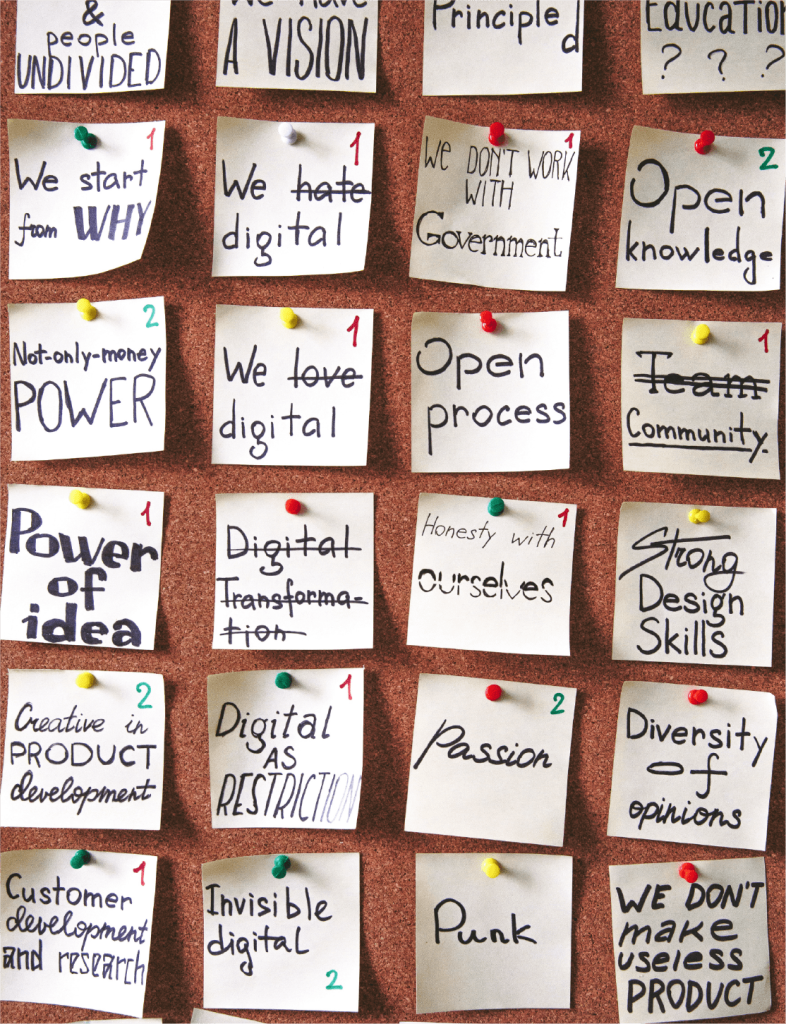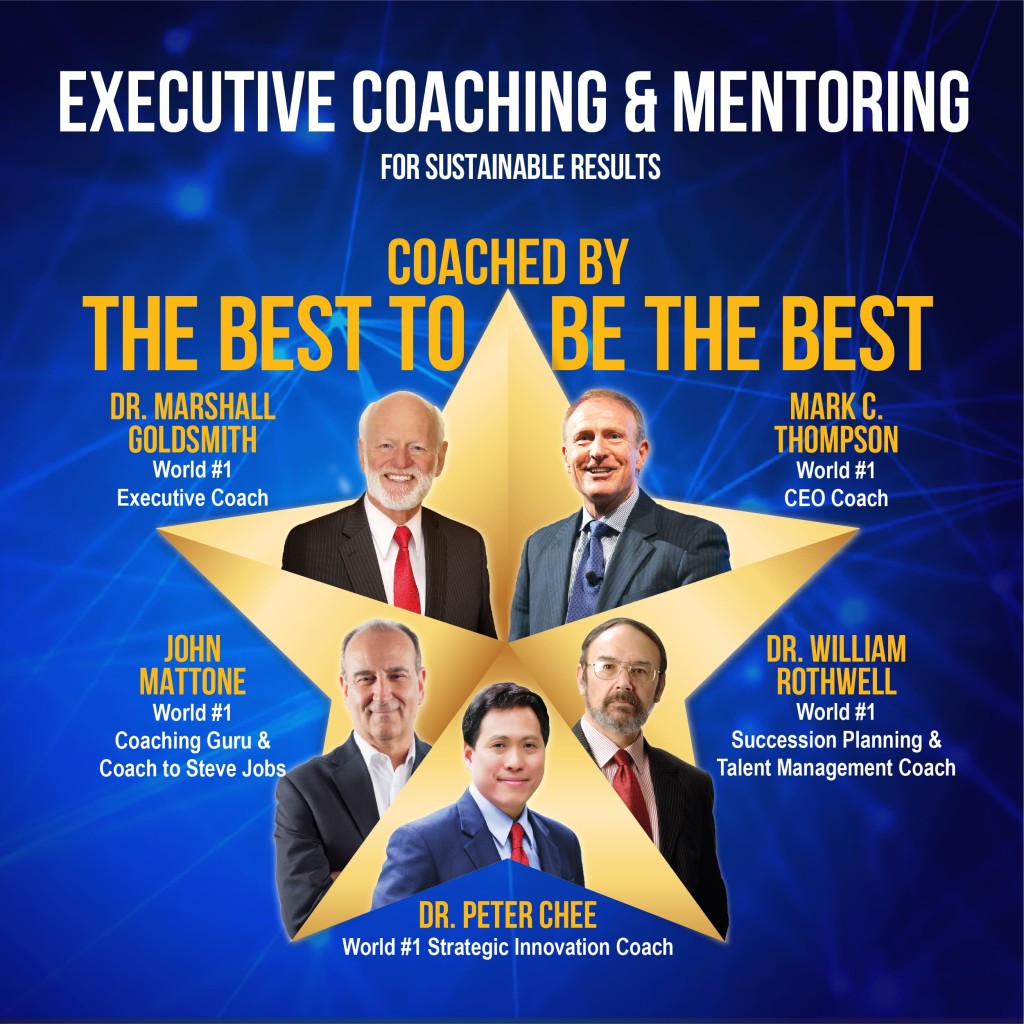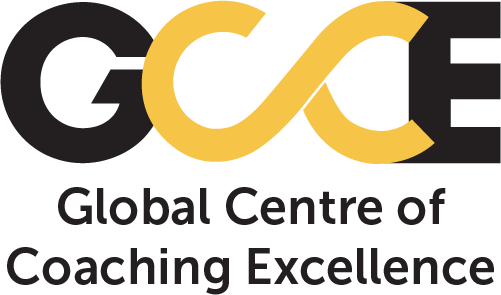Situational Coaching Model (SCM)

GOALS
Paradigm

Here are examples of coaching questions you can use to get people to trigger innovative ideas:
1. What are the wider benefi ts of pursuing and achieving this goal?
2. How will achieving this goal help you to achieve other goals?
3. In what way would the realization of this goal impact the other aspects of your life?
4. What value could you add to others by accomplishing this mission?
5. How would achieving this goal directly or indirectly serve the wider community?
An excellent coach drives exploration by tapping on their own curiosity. Curiosity ignites the spirit to ask great questions by using observation and intuition. The potential to generate potentially innovative ideas to accelerate progress is there when coaches listen for what is significant for the success of the coachee.

ANALYSIS
Paradigm
The Exploration Paradigm is usually followed by the Analysis Paradigm. After exploring a lot of ideas and options and listening for what is significant, it is necessary to identify the ones that are most important to the coachee, and would produce the best outcomes for them.
The objective here is to put coaches in the best position to make good decisions. Ask questions that go deeper into the various areas that are important to your client so that they derive maximum mileage from being an effective analyst.
Here are examples of coaching questions you can use to get people to analyze what their best options are:
1. Of all the options that you have identified so far, which are the ones that you would consider to be really important?
2. Why would you consider them to be most important?
3. Deep inside, what really motivates you to pursue this goal?
4. What would be the best thing you could do to conquer this challenge?
5. Among all the different strategies for obtaining your goal, which ones stand out as the most powerful?
An excellent approach in using the analysis paradigm is to listen rather than tell. Coaches enable people to explore their ideas in full for creating solutions that fit their needs when they listen, instead of telling others what to do.

RELEASING
Paradigm
In using this paradigm, coaches are helping the coachee to let go of negative emotions that are blocking them and offset them with positive feelings. When the conversation moves to this paradigm, coaches need to be present, listen, care, and show understanding.
Ask questions to get people to articulate their feelings and emotions related to issues they are facing. This increases their emotional awareness, allows them to talk and release any psychological pain. Doing so lightens the burden the coachee is facing and paves the way for uplifting emotions to enter.
Here are examples of coaching questions you can use to get people to release the pain:
1. What’s getting in the way of living the life that you want?
2. What might be stopping you from pursuing your dreams?
3. Is there any fear that might be holding you back?
4. Tell me, is there anything that really worries you?
5. What’s frustrating your progress and holding you back?
When helping others to release the things that are blocking them, one of the greatest gifts you can give is to be present. You can be present and turn off your inner dialogue by focusing on the other person’s agenda. When you show that you can understand the situation, challenges, resistance, and fears, your presence becomes a great present for others.
DECISION
Paradigm
Almost all people in a coaching conversation will have to make a decision one way or another. In this paradigm coaches work to support the coachee make the best decision for action. If the coachee is ready to decide, move forward with them. What you do not want to do is to push them into making a hasty decision, or to decide on things that they are not committed to. Doing so maximizes the possibility that things will not get done.

Here are examples of coaching questions you can use to get people to arrive at a decision:
1. Do you think you have enough good options to choose from?
2. Make a list of your options and categorize them under three groups–top priority, second priority, and third priority. What does that look like?
3. How many criteria do you have to help you make a choice?
4. What would be your main criteria?
5. If you reduce the criteria to three main ones, what would they be?
It can be tempting for coaches to push their coachee to make a decision when they seem stuck. In this paradigm, coaches should aim to be impartial and non-judgmental. To remain impartial and nonjudgmental is to cultivate the ability to listen with empathy. Listening with empathy means you put yourself in another person’s position to better understand his or her feelings and emotions.
Coaches should also tap on the skill to listen deeply, use observation and intuition for insightful discovery that leads to meaningful decisions. When used effectively, this process allows people to gain clarity on what they want to achieve.

ACTION
Paradigm
An action plan or action steps are a vital outcome of a coaching conversation. Nonetheless, putting pressure on a coachee to come up with action steps when they are not ready is unproductive and sours the coaching engagement. There are many reasons for why they are not ready. These can be not committed to goals, lacking good solutions, encountering roadblocks, or dealing with hasty and wrong decisions among others. If you encounter this resistance, move to other appropriate paradigms depending on the situation before returning to this paradigm. Excellent coaches can continue to drive progress even when action plans have been created. Take the coachee further by helping them build accountability and commitment. Do this by getting them an accountability partners, sourcing resources, and establish support structures that maximize the chances for success.
Coaching conversations become effective and powerful when coaches combine The Coaching Principles with the Situational Coaching Model (SCM) to best meet the needs of the situation.
Remaining
FLEXIBLE
is a key component to adopt the Situational Coaching Model (SCM) in your coaching conversations. There is no one best flow that fits all coaching scenarios. Great coaches weave like an expert boxer through the paradigms depending on what fits the situation. They effectively crisscross across the different paradigms to produce the best outcomes.

The Situational Coaching Model is comprehensively explored in the book Coaching for Breakthrough Success. The book gives you a holistic deep dive even deeper into the successful operation of each principle. Included in the book are the The Coaching Principles (TCP), and the Achievers Coaching Techniques (ACT).
By synergistically combining The Coaching Principles with the Situational Coaching Model and the Achievers Coaching Techniques, you generate excellent conditions for powerfully coaching conversations. Get your copy today to tap on time-tested principles of exemplary coaches with the latest disruptive techniques used by the world’s top performing leaders. This step-by-step playbook shows you how to nurture–in yourself and others – the three essential requirements of coaching excellence.
Now that you have an idea of how powerful and profound coaching enables results, take you coaching journey further by being a certified coach.
You may also want to work with a professional coach and mentor from ITD World to turn your dreams into reality.

Do head over to the Global Center of Coaching Excellence (GCCE) to gain further insights from ITD World’s thought leadership in the field of coaching.
Read more: • Situational Leadership: Guide to Implementation
